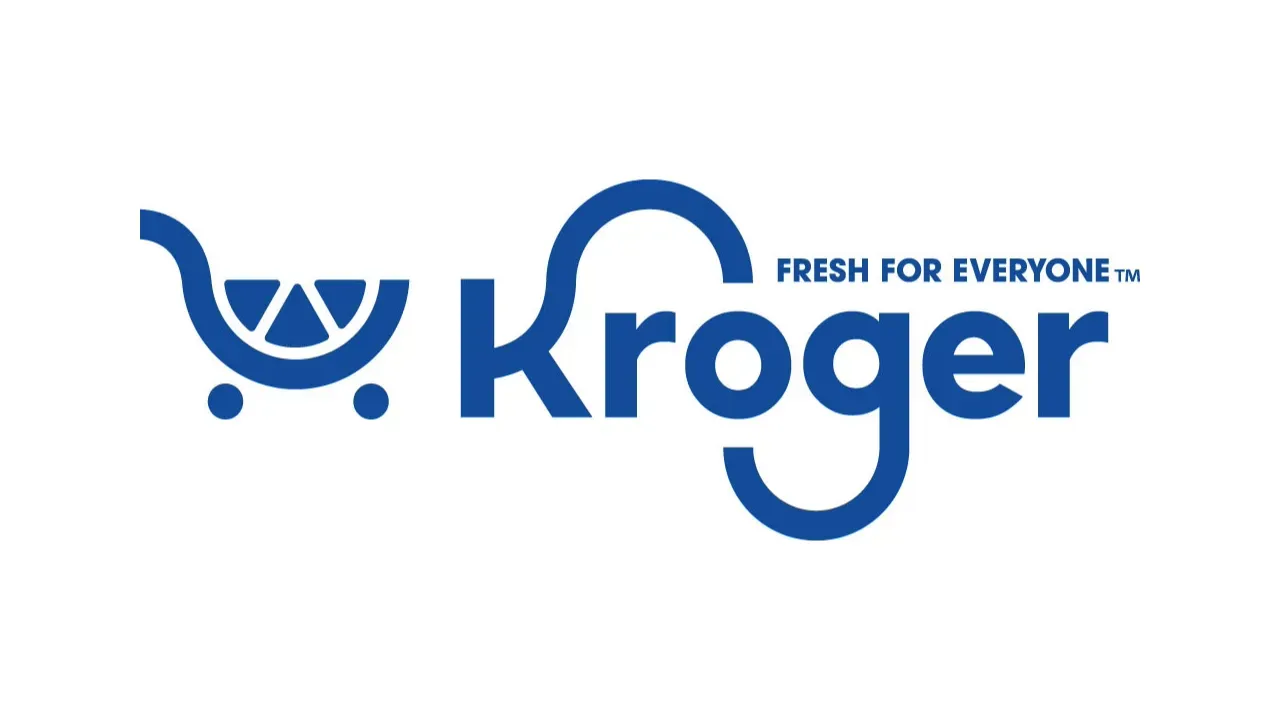PORT WASHINGTON, N.Y. — A recent NPD survey has found that 83% of U.S consumers are planning to make changes to reduce their spending in the next three to six months. And consumer demand has already become less predictable than it had been during the first two years of the pandemic, according to NPD data, which showed spending patterns shifting as summer kicks in.
In May, U.S. dollar sales of discretionary general merchandise ended 2% lower than last year’s results, while unit sales were 8% lower. Compared to pre-pandemic levels, though, dollar sales for the month were up a healthy 18% over the same period in 2019, but unit demand declined by 1%.
For the week ended June 11, meanwhile, dollar sales were 7% below the same week in 2021, and unit sales decreased by 10%. But dollar sales were still up 9% over the same period in 2019, while unit sales were down 5%.
For the Father’s Day week ended June 18, dollar sales were down 6% versus last year, and unit sales decreased by 9%. Again, though, the results look better when compared to before the pandemic results. Dollar sales for Father’s Day week increased 28% over the same period in 2019, and unit sales were up by 7%. But this strong growth is attributable to different timing of the holiday week between 2019 and 2022. And the week-over-week sales lift into Father’s Day was softer this year than in the past couple of years, with sales increasing just 4% in 2022.
NPD data has also identified a shift in focus when it comes to consumer spending. Such traditional high-volume categories as apparel, technology, and small appliances have been hit with some steep declines recently. Meanwhile segments like beauty, accessories, auto aftermarket, and office supplies have had some recent gains.
“Change is on the way when it comes to consumer spending,” said Marshal Cohen, chief retail industry advisor for NPD. “As consumers partake in summer vacations, concerts, sporting events, and other service-based spending, general merchandise retailers must prepare for more intense competition for wallet share, but that is just part of the new pattern emerging. Seasonal trends are spreading out, and softer holiday peaks point to a disruption to some reliable retail tendencies, hitting the most energetic retail shopping periods. Consumers are also buying lower-priced product, emphasizing small splurges, social progression, and the necessities, rather than making higher-priced upgrades.”










